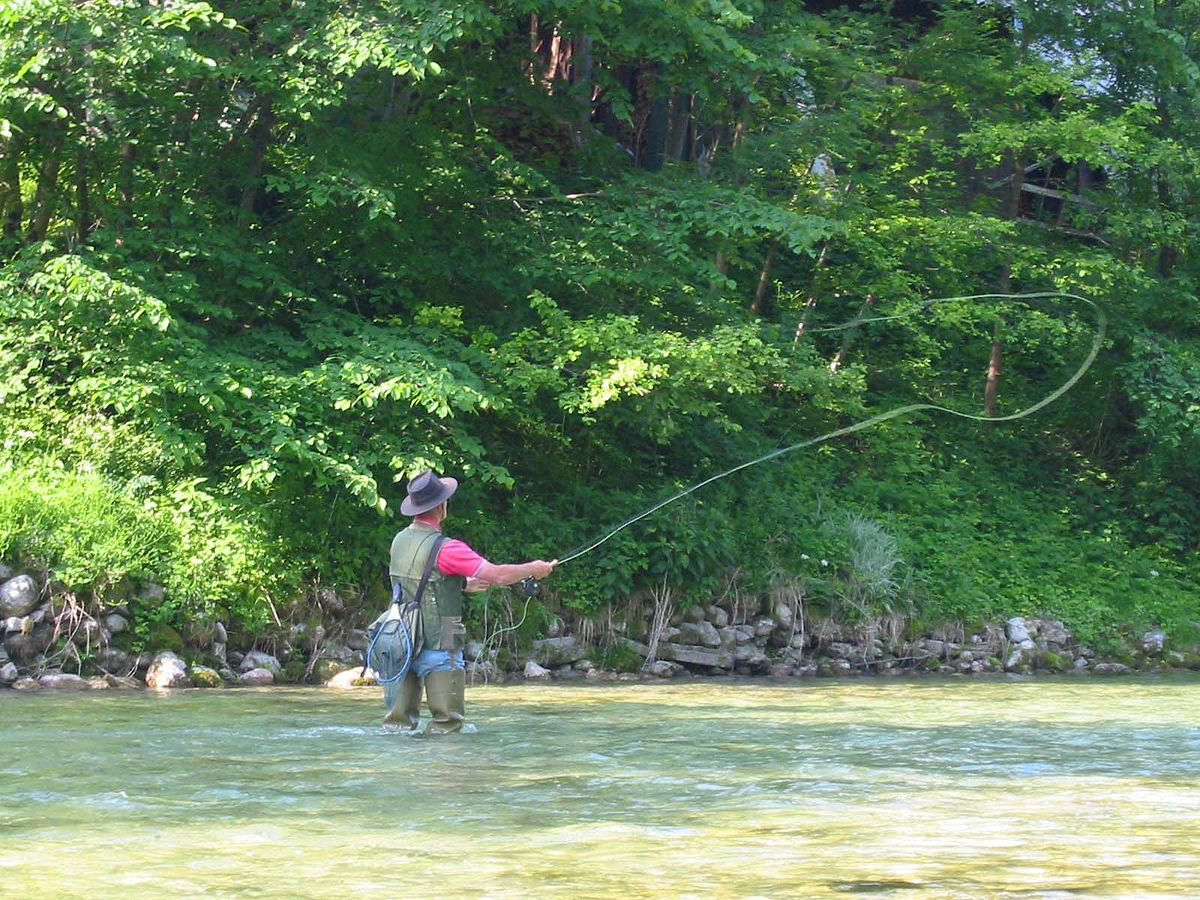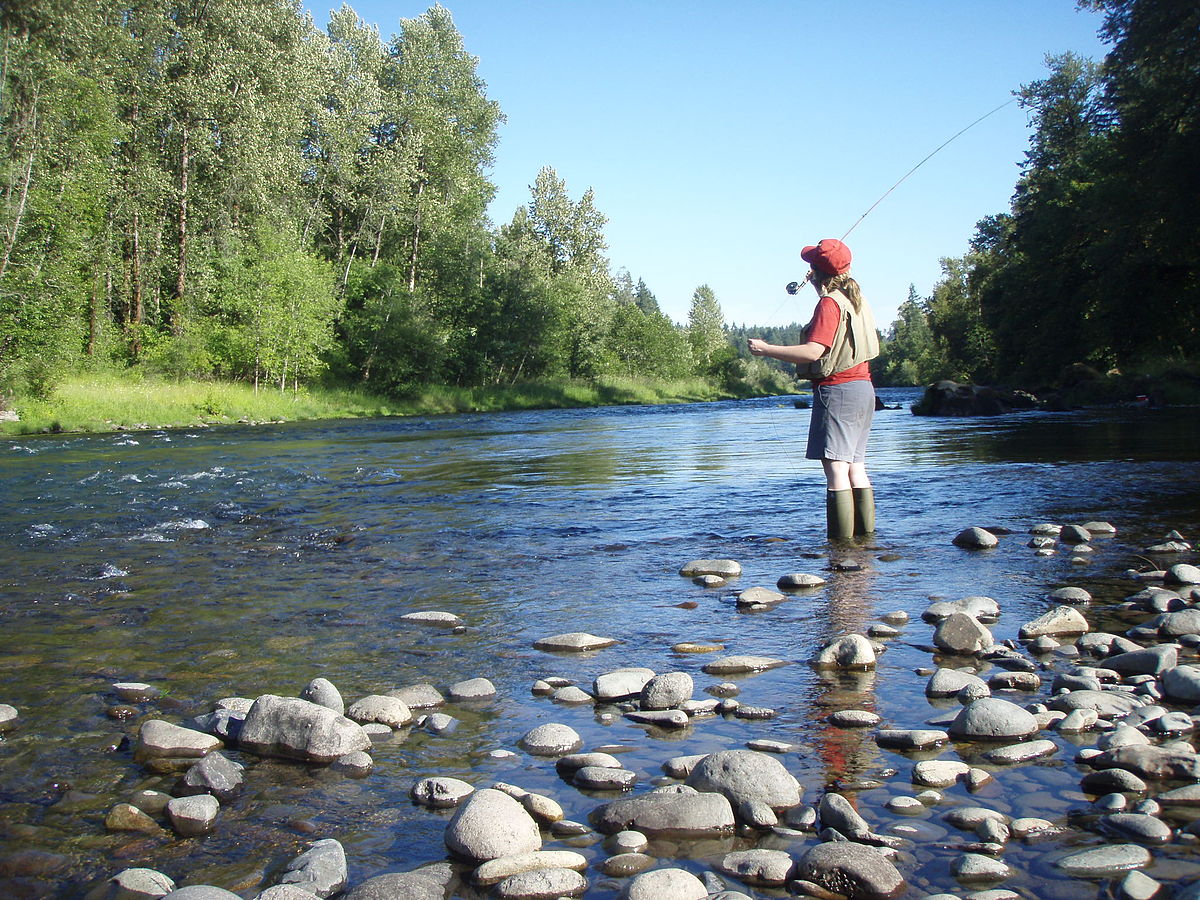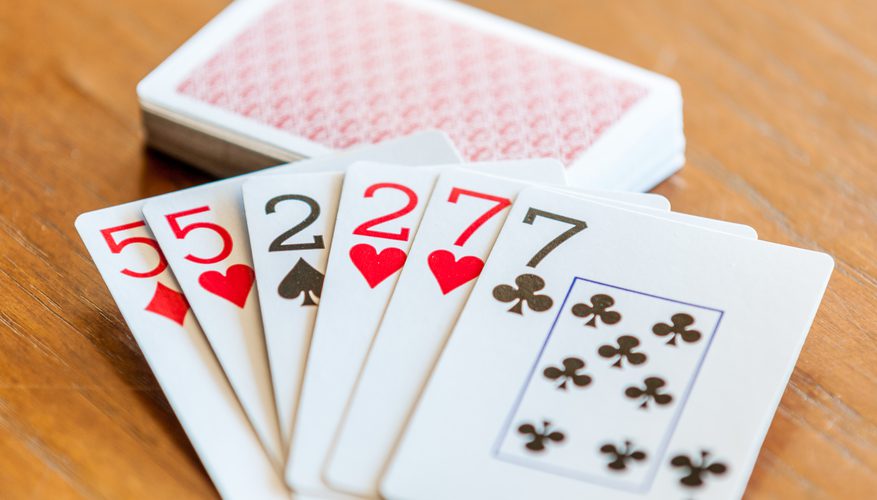Fishing Guide – Tips for Beginners

Fishing is the best hobby to get into, no matter what time it is. It is cheap, simple to learn, and it is the best reason to explore the outdoors. Considering you eat what you catch, fish also gives you an excellent source of fat and protein. However, before you catch the fish, learn the basic fishing guide to get started, including the basic gear and equipment you will need.
Learning how to catch a fish is amazing; the act of releasing a line is simple; however, being a successful angler is hard. More than 30 million people go fishing every year; it is the best way to spend time outside with friends and family. In this article, we will share the fishing guide for beginners.
Fishing Guide for Beginners
Buy the Fishing License
The first step in the fishing adventure is that you need to apply for the state fishing license. They are generally reasonably priced and easy to get. You can buy the license from online government sites or go to the local fishing tackle shops.
Wherever you go fishing, make sure that you bring the fishing license with you and keep it all the time with you while you go fishing. Without the license, it is punishable; you have to pay a hefty fine for that. Moreover, always make sure that when you choose the area for fishing, see if that area is a fish permit or not.
Grab the Reel and Rod
Usually, it is great to start with a fishing reel and rod combo if you have never fished before. The rods and reels are sold individually, and in a combo also. Moreover, generally, it is much simpler to set up. You can also visit the nearby convenience store or tackle shop that sells the fishing gear to see which equipment suits you.
Select the Fishing Line
When you decide the type of fishing line to choose, then there are three types of varieties:
- Monofilament is the best option for beginners because it is cheap and it is easy to tie knots. However, it is difficult to handle when it gets tangled on the reel.
- Fluorocarbon is more scraping resistant. It is also less noticeable to fish than monofilament but much more rigid, which makes it more susceptible to tangible, especially when the reel is over spooled.
- The braided line is smaller than both monofilament and fluorocarbon; it allows you to put more line on the spool. The braided line also makes it simple to cast a long distance. It is stretch-resistant; it allows you to know lighter bites, and it easy to control the hook into the fish mouth. However, tying a knot is difficult for beginning fishermen.
Fishing lines also come in various strengths; it is called the pound test. The pound test is a measurement of how much pressure the line can take before it snaps. Larger the number, the stronger the line.
Choosing The Hooks
Smaller fish like bluegill is best for beginners to experience with. For smaller fish, you need to buy smaller hooks rather than large hooks.
Fishing Hook Styles
- Baitholder Hooks are great when using live bait like worms. It is great because this type of hook has two spikes on the shank, which helps to secure the bait.
- Circle hooks are also bait friendly; fish rarely swallow the circle hooks. The difference with a circle hook is that you do not have to set the hook.
- Aberdeen hooks have an extended shank, and it is slim from hook to the shank. It is easy to remove the hooks from the fish. This hook works best with the bluegill. Easy removal of the hooks makes them best for beginners to use.
Choosing The Bobbers
When it comes to bobbers, it is best to keep it simple; larger ones for big fish and smaller ones for small fish. The small bobber gives less resistance against the fish when it bites, and it is more sensitive, so you can feel the bite on the line.
Several beginners make mistakes while buying the bobbers, which are too big. The round white and red clip-on bobbers are easy to connect to the line, and it is an excellent option for beginners.
Sinker
Buy some sinkers to connect the line, so the bait sinks nicely. Sinkers were made of lead. Nsow, small lead sinkers that are ½ oz can no longer be sold in some states.
There are more eco-friendly choices now made from tin, steel, and tungsten. When the lead sinkers are lost, fish and other wildlife might mistakenly swallow the lead, which is poisonous for them. So it is best to buy lead-free sinkers.
Final Words
There are so many places to go fishing and for beginners. It is the best way to learn how to go fishing. We have mentioned above about the fishing guide for beginners; it will help you to catch the fish. If you find this information useful, drop a comment below this section.


